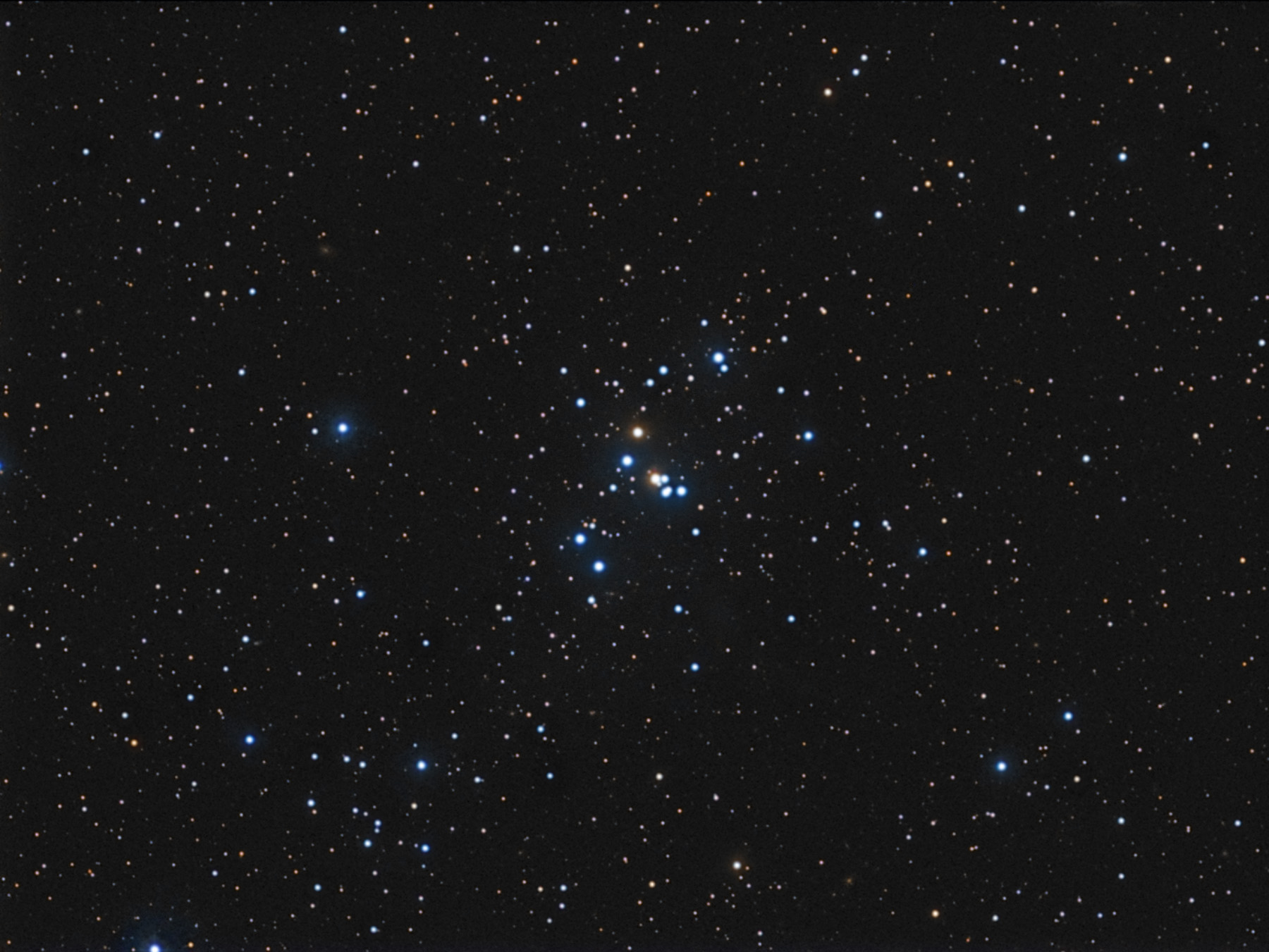
This is a large and bright open cluster, but sparse. About 16 stars are visible at 100X. It looks like an E, or perhaps a Romulan Warbird. The central bar of the E contains 5 stars in a trapezoidal pattern that resembles the bridge, with the other bars being the warp nacelles.
I still had a couple of faint emission nebulae in Orion that I wanted to observe, but tonight's sky just wasn't allowing it. So I decided to pick up a few stray objects that I had overlooked before.
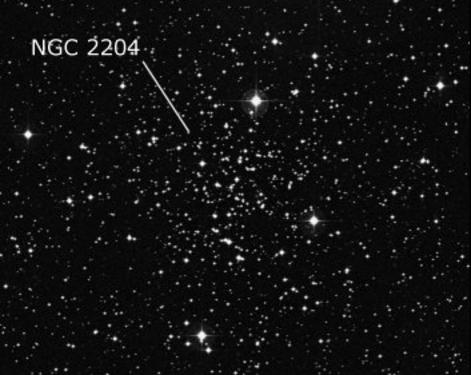
Looking at this cluster online, it was faint, but very rich. From my backyard, I can only make out the brightest few stars near the edges of the cluster, making a square. It definitely needs darker skies.
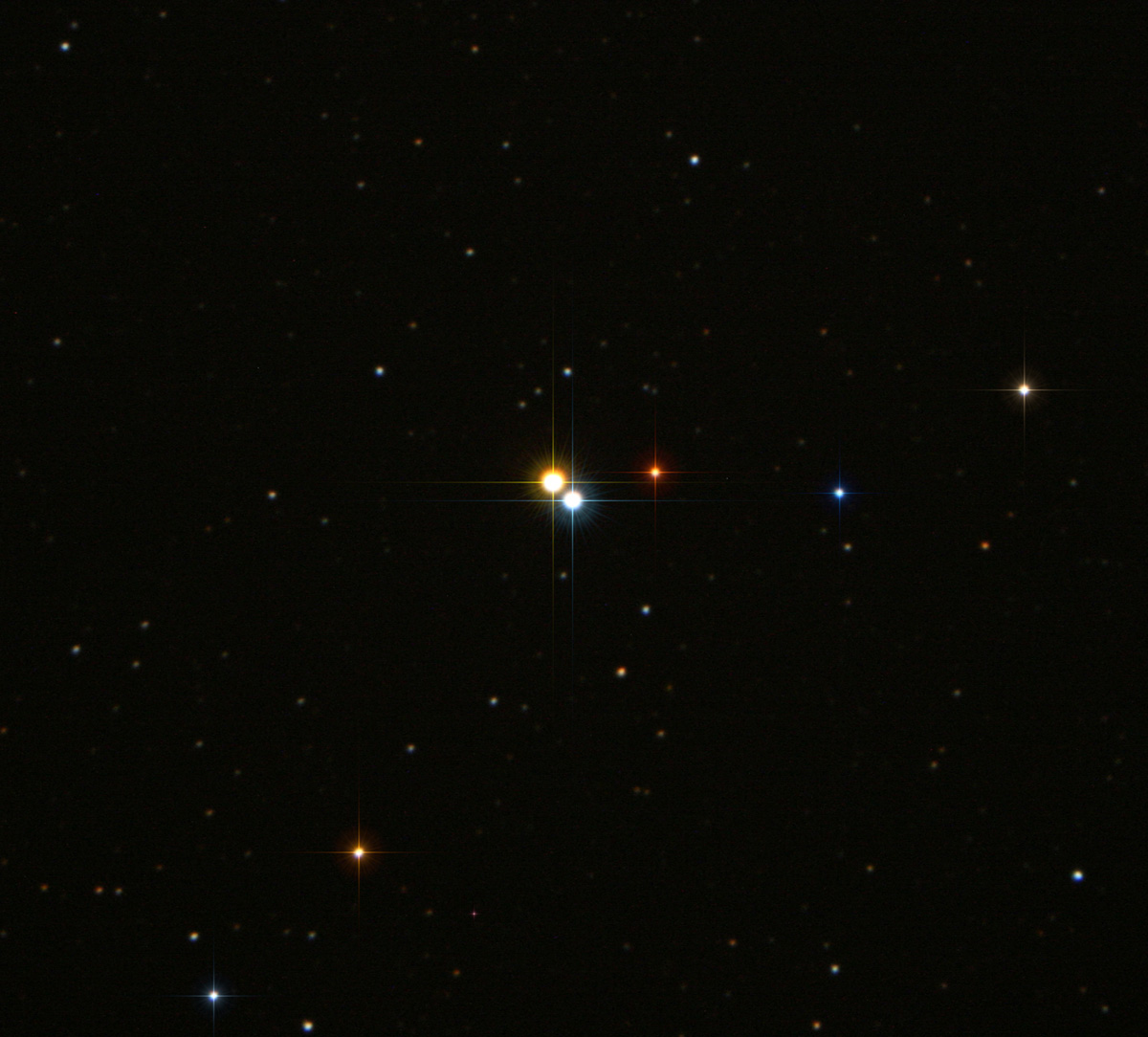
I couldn't leave the Big Dog constellation without looking at my favorite "flea" on his back. At 100X, one star of this binary system appears aqua blue and the other a deep yellow. The yellow component is slightly brighter.
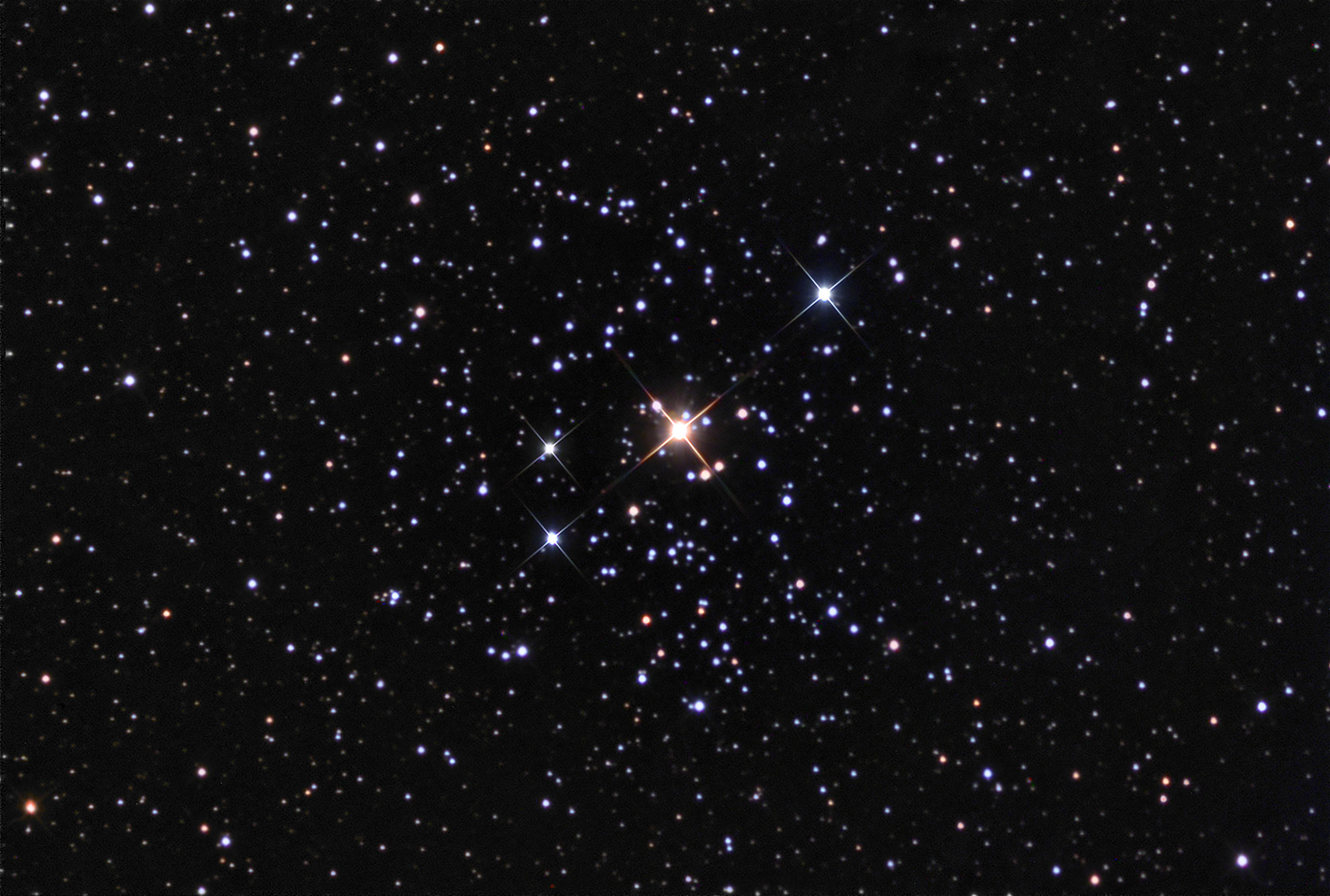
This is a large open cluster. There are a few bright stars with a lot of fainter ones. Three of the brightest stars form an equally spaced straight line across the length of the cluster. There are couple of small strings and arcs of stars.
Looking at my observing list again, I noticed several objects in Gemini. So I decided to check in on the Twins.
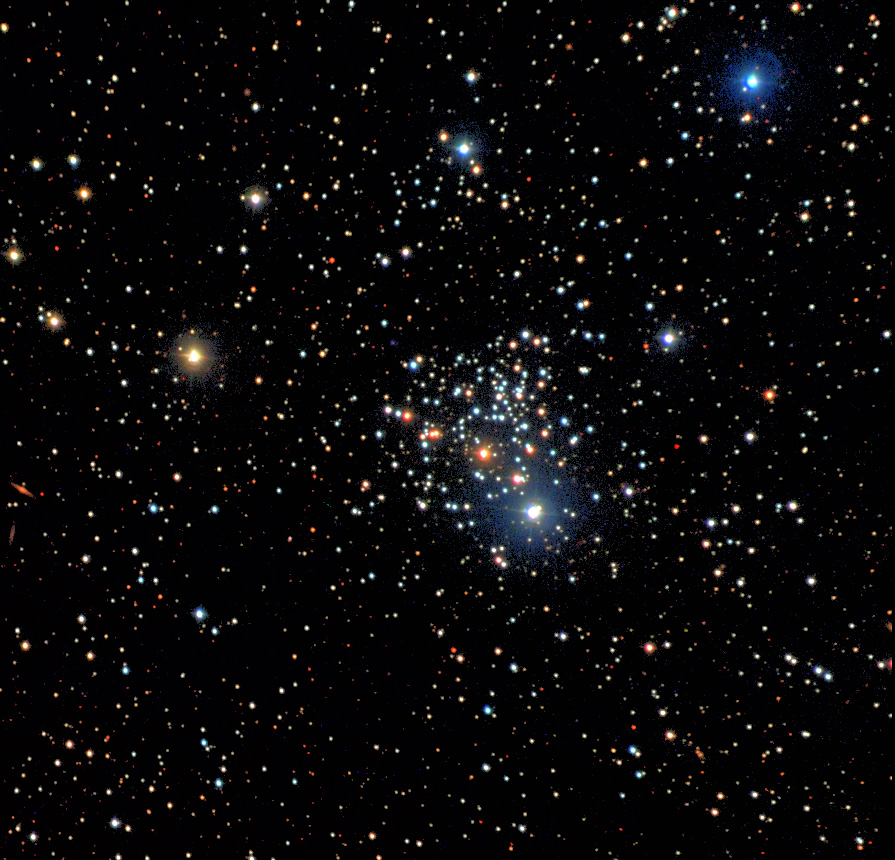
This is a fairly small cluster, but its tightly packed and triangular shaped. The brightest stars form a slight arc across one edge of the triangle. Most of the stars are dim. Direct vision reveals a couple dozen, but averted vision hints at many more.
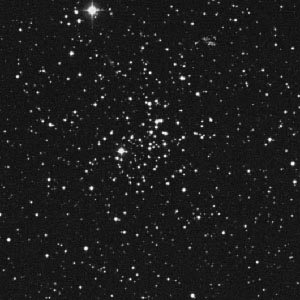
This is a small open cluster, and compact. The members are fairly dim, with a few brighter stars near the edges. 100X shows the cluster nicely, but requires averted vision to see more than a dozen or so stars. It appears to be somewhat triangular in shape.
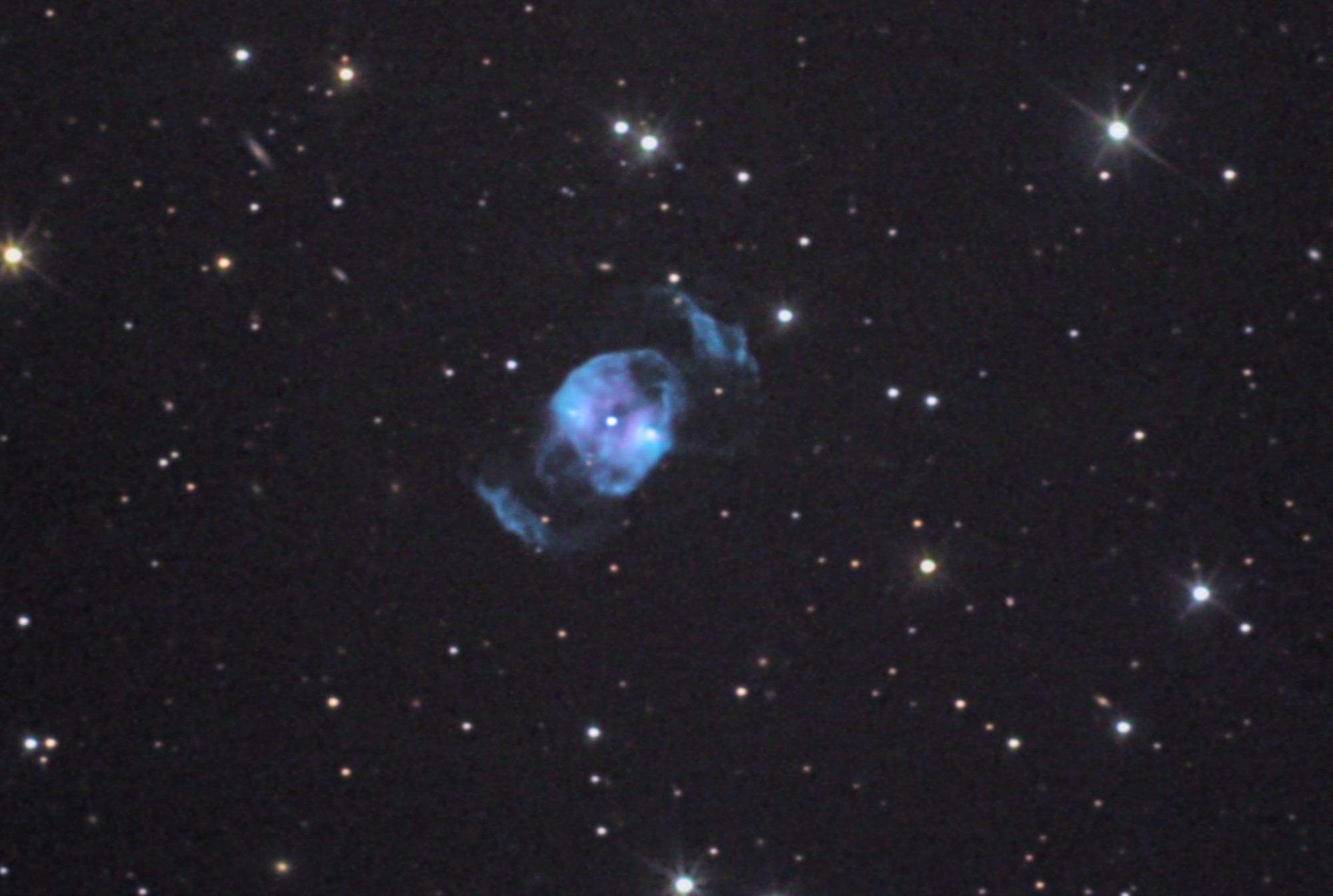
150X offers the best view of this planetary. I can detect the nebulosity with direct vision, but difficult to determine its shape. With averted vision, it appears very elongated, with two almost stellar cores. Looking it up afterwards, I saw where this was nicknamed "The Peanut" and it fits.